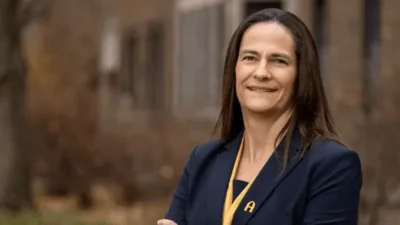Cambridge Chronicle recently issued the following announcement.
Ever wanted to take a deep dive into one of the world’s largest art collections? The Smithsonian Institution has a groundbreaking surprise in store for the public, and the possibilities are endless.
Tuesday, the Smithsonian released nearly 3 million images from its vast catalog –spanning the hallowed institution’s 19 museums, research centers, libraries and the National Zoo – onto an online repository freely available to the public. It’s not just art: Artifacts from history, culture and science are on the platform.
It’s available under public domain, which means that anyone in the world can repurpose images for their own use – whether it be collaging or for manufacturing products.
Previously, these images were available only for personal or educational purposes upon request.
Among the highlights of the database of images: portraits of Pocahontas, Harriet Tubman and George Washington; Amelia Earhart’s airplane and flight suit; Muhammad Ali’s boxing headgear; and 3D models of a triceratops and woolly mammoths.
There may be some risks to making these cultural artifacts open-source.
“Any time you put images out in the public domain, you lose control over what happens to those images,” said Jessa Lingel, an assistant professor of communication at the University of Pennsylvania.
Lingel said there’s a difference between using these images in a PowerPoint and disseminating them in a harmful way as part of hateful propaganda or misinformation.
Effie Kapsalis, the Smithsonian’s senior digital program officer, told USA TODAY that “bad actors” will manipulate this content “with or without the Smithsonian’s permission” and that opening up information mostly lets the public do “good things with these treasured resources.”
Some pieces – because of copyright, cultural sensitivity and private data – were not included in the open-access site, she said.
Ensuring information stays available to the public outweighs any possible negative consequences, Kapsalis said, and she hopes that new research and creative developments come out of this database.
“Now that the public has access to over 173 years of data, it will be fascinating to see what research will be built on top of this,” Kapsalis said.
Lingel noted that the Smithsonian has “always had a commitment” to making its rich trove of content easily accessible.
On a larger scale, she said, making art, science and history digitized and open “is a real gift.”
Original source can be found here.





 Alerts Sign-up
Alerts Sign-up